As an Amazon seller, timely shipping is key to success. The Late Shipment Rate (LSR) measures how well you meet shipping deadlines and directly impacts your account health, customer satisfaction, and Buy Box eligibility.
In this guide, you’ll learn what LSR is, why it matters, and how to keep it low. We’ll cover practical strategies for timely shipping and what to do if you face a suspension due to a high LSR.
Let’s get into it and ensure your Amazon business runs smoothly and efficiently.
Understanding the Late Shipment Rate
Have you ever ordered something online, only for it to arrive much later than expected? Frustrating, right?
Amazon understands this and wants to ensure a smooth experience for both buyers and sellers. This is where the Late Shipment Rate comes into play.
The LSR is a performance metric used by Amazon to monitor on-time shipping. It tracks the percentage of orders that are shipped late by sellers who fulfill their own orders (Seller Fulfilled).
Maintaining a low LSR is essential for sellers to stay in good standing with Amazon and to keep customers satisfied.
How to Check Your Late Shipment Rate
Sellers can easily access LSR within their Amazon Seller Central dashboard. Here’s a step-by-step guide:
Step 1: Go to the Performance tab

Step 2: Select Account Health

Step 3: Under the Shipping Performance section, find the Late Shipment Rate option.
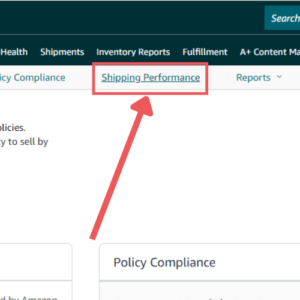
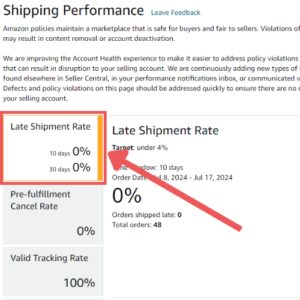
By following these steps, you can view your LSR for the past 10 and 30 days, allowing you to stay informed about your shipping performance.
Shipment vs. Delivery: Knowing the Difference
Understanding the distinction between shipment and delivery is vital for managing your LSR effectively.
- Confirmed Shipment: Indicates that the seller has handed the package to a shipping carrier (like UPS or USPS) and marked it as shipped on Amazon. The customer can now track the package.
- Actual Delivery: Refers to when the package is physically delivered to the customer’s address. The delivery date depends on the shipping method and the delivery provider’s service level.
Key Point: LSR only cares about confirmed shipments, not the actual delivery date. As long as the seller meets their handling time and confirms shipment within that timeframe, they’re on track for a good LSR.
LSR vs. Handling Time: Staying on Track
It’s important to understand the difference between LSR and Handling Time, as both impact your shipping performance but in different ways.
Handling Time
This is the period a seller has to process an order after it’s placed. This includes picking, packing, and labeling the product before handing it over to a courier.
LSR
Calculated by Amazon, this measures the percentage of orders shipped late. While sellers set their handling time, the LSR is influenced by how well sellers adhere to these self-set timelines.
Sellers can set their handling time in Seller Central, typically choosing options like 1-2 days or 3-5 days.
Handling Time
- Seller sets it within Seller Central
- Time to prepare an order for shipment
(picking, packing, labeling) - Seller’s internal processing speed
- Seller sets handling time to 2 day
- Seller has control over setting
- Affects customer expectations and shipping options
Late Shipment Rate
- Calculated by Amazon
- Percentage of orders shipped late
- Seller’s performance in meeting deadlines
- Seller ships 10% of orders after 2 days
- Seller can influence by meeting handling time
- Affects seller Account Health with Amazon
Why LSR Matters to Sellers
LSR is important for sellers for a few key reasons:
Customer Satisfaction
A low LSR translates to on-time deliveries, which keeps customers happy. This leads to positive reviews, increased sales, and a better brand reputation.
Account Health
Amazon prioritizes sellers who deliver a positive customer experience. A consistently high LSR can negatively impact your Seller Account Health, potentially leading to warnings, account suspension, and even loss of selling privileges.
Buy Box Eligibility
The Buy Box is the coveted spot on a product page where most purchases are made. A good LSR is a key factor in determining Buy Box eligibility.
Sellers with a high LSR are less likely to win the Buy Box, putting them at a disadvantage.
Consequence of Exceeding the 4% Threshold
If your LSR surpasses 4% for a prolonged period, Amazon will take action:
Warnings
Amazon will send notifications urging you to take corrective actions to improve your on-time shipment rate.
Suspensions
For repeated violations or excessively high LSR, Amazon might suspend your selling privileges. This can significantly disrupt your business and take time to reverse.
Managing and Reducing LSR
Keeping your LSR below 4% is crucial for seller success on Amazon. Here are some strategies to reduce your LSR and ensure on-time deliveries:
Realistic Handling Times
Set realistic handling times that accurately reflect your order processing speed. Don’t under-promise and over-deliver, but also avoid setting overly ambitious timeframes that you can’t consistently meet.
Accurate Inventory Management
Maintain accurate stock levels to avoid delays caused by out-of-stock items. Regularly update your inventory to reflect real-time stock availability.
Efficient Order Processing
Streamline your order fulfillment process to ensure smooth picking, packing, and shipping. Consider investing in tools or automation to improve efficiency.
Communication is Key
Proactively communicate with customers about any potential delays. If an order faces a setback that might push it past your handling time, inform the customer and offer solutions like expedited shipping options.
Carrier Performance Monitoring
Track the performance of your chosen shipping courier. If you experience frequent delays with a particular delivery provider, consider alternative options.
Utilize Fulfillment by Amazon (FBA)
Using FBA can significantly reduce your LSR. By storing your products in Amazon’s fulfillment centers, Amazon takes over the responsibility of picking, packing, and shipping your orders.
This not only ensures quicker and more reliable shipping but also helps maintain a low LSR.
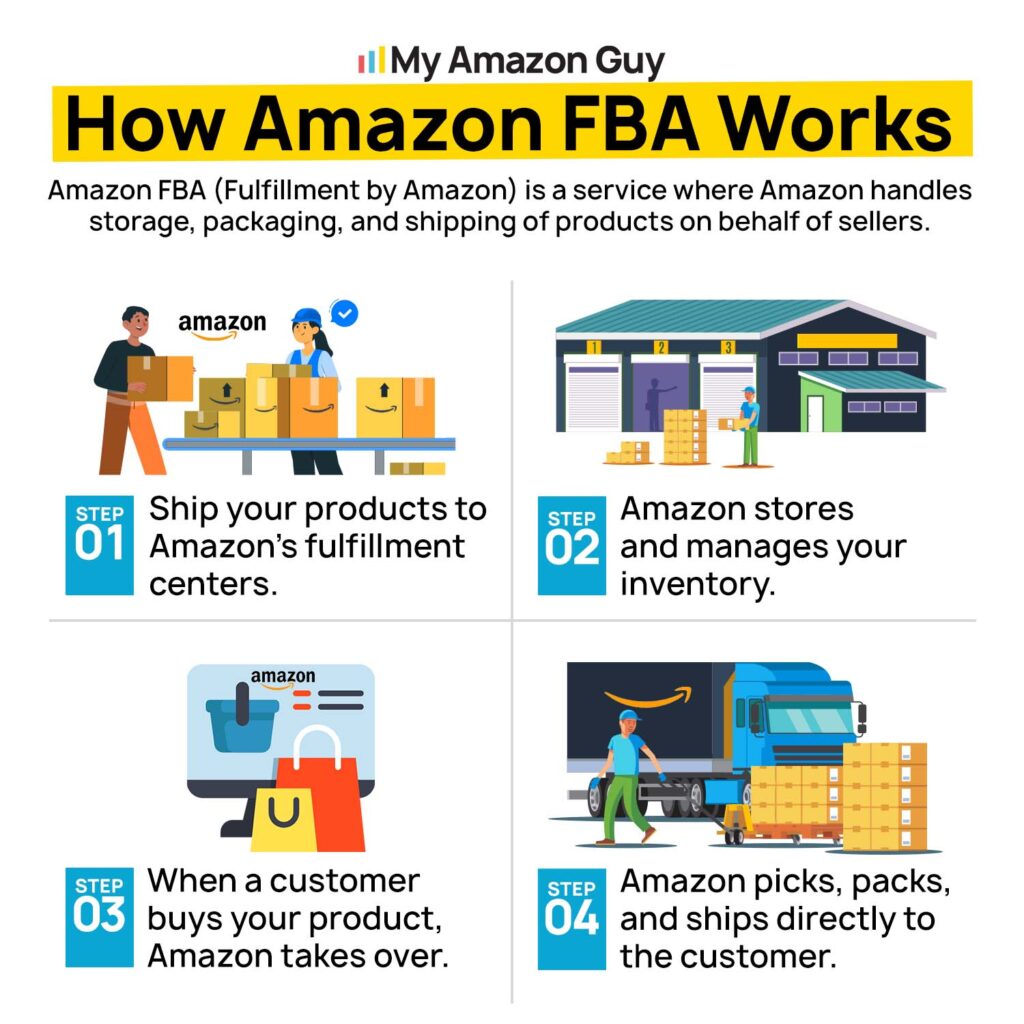
How to Lift Suspension Due to LSR
If your account has been suspended due to a high LSR, it’s crucial to act swiftly and effectively to get back on track. Here’s how you can lift a suspension due to LSR:
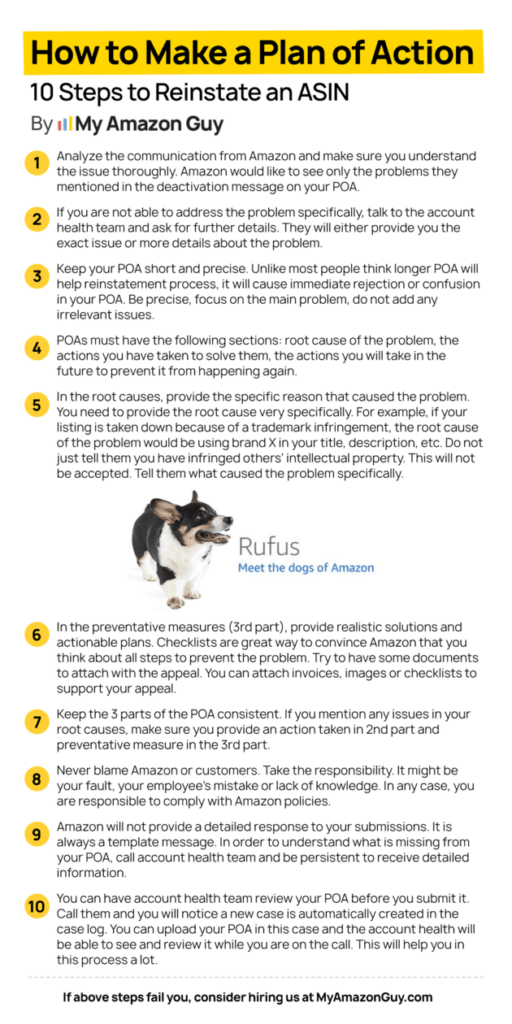
What to Do When Suspended Due to LSR
- Understand the Issue: Carefully read Amazon’s suspension notice to understand the specific reasons for your suspension. Focus on the details related to your LSR and any other performance metrics mentioned.
- Analyze Your LSR Data: Identify patterns and root causes for late shipments. Look into your handling times, inventory levels, order processing systems, and carrier performance. Pinpoint the exact issues that led to the high LSR.
- Draft a Plan of Action (POA): Your POA should be clear, concise, and address the following key points:
- Root Cause: Explain the reasons behind the high LSR, detailing any systemic issues or specific incidents.
- Immediate Corrections: Outline the immediate steps you have taken to resolve the issues. This could include updating inventory management systems, adjusting handling times, or switching shippers.
- Preventive Measures: Describe the long-term strategies you will implement to prevent future late shipments. This may involve investing in better order processing tools, providing additional training for staff, or utilizing FBA.
- Submit Your POA: Send your detailed POA to Amazon through the appropriate channels in your Seller Central account. Be honest, professional, and specific about the steps you’ve taken and will take to maintain a low LSR moving forward.
Get Help from an Amazon Agency to Lift the Suspension
Going through a suspension can be challenging, and having expert assistance can make a significant difference.
My Amazon Guy offers professional help to lift suspensions and improve your seller performance metrics. Here are the services we provide:
Expert Analysis: Comprehensive review of your account performance to identify all contributing factors to your suspension.
Custom POA: Assistance in drafting a compelling and effective Plan of Action tailored to your specific situation.
Ongoing Support: Guidance and support throughout the reinstatement process, ensuring you take all the necessary steps to maintain compliance with Amazon’s policies.
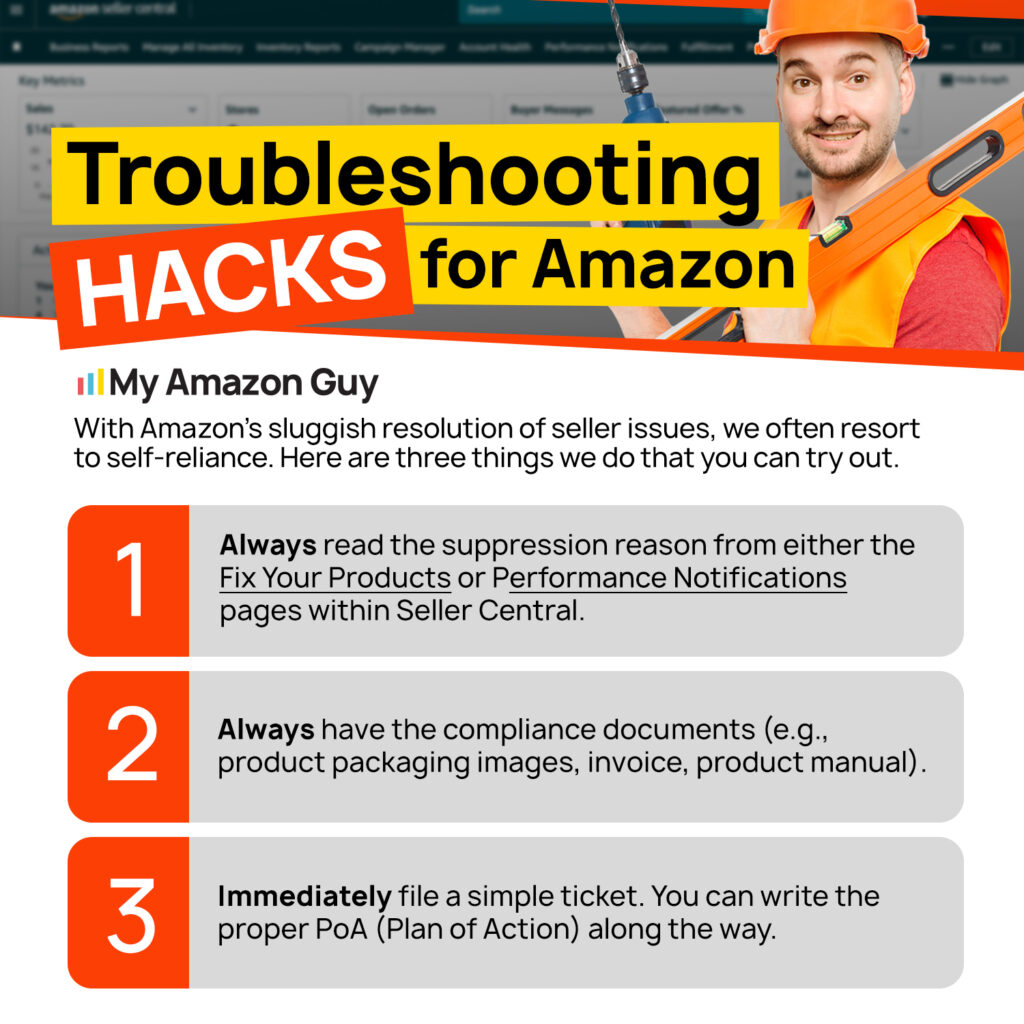
Achieve Shipping Success on Amazon
Keeping your Late Shipment Rate low is essential for your Amazon business’ success. Set realistic handling times, manage inventory well, streamline processing, use FBA, and communicate with customers.
Stay vigilant and ready to act if issues arise, and your business will thrive. Follow these steps to ensure top-notch shipping performance and customer satisfaction.
Do you need help in lowering your LSR and improving your seller performance? Contact our Amazon agency today!








